Latin Paleography
Description
Latin scripts from Classical Antiquity to Humanist writing of the 15th century.
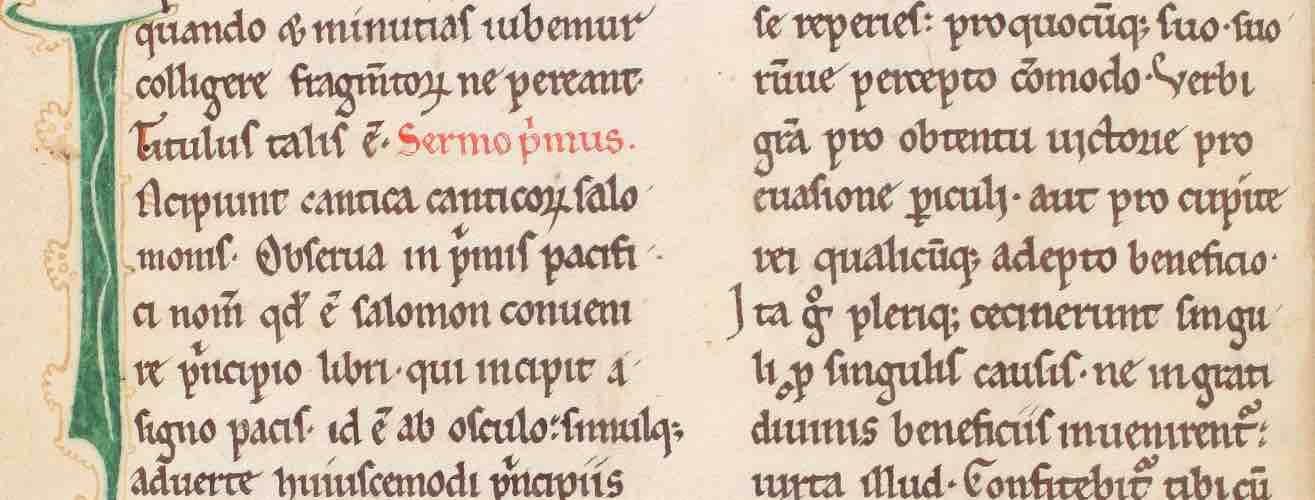
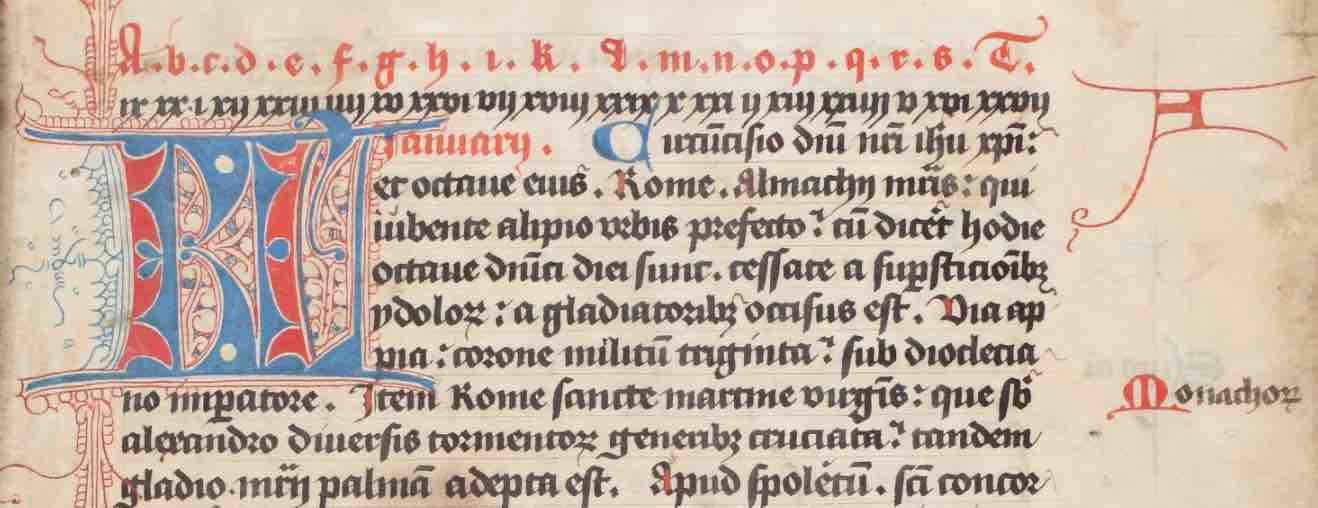
Basics
Basic terminology for the description of scripts and letters, and the physical features of the pages that carry them. Introduction to papyrus, parchment, and the codex.
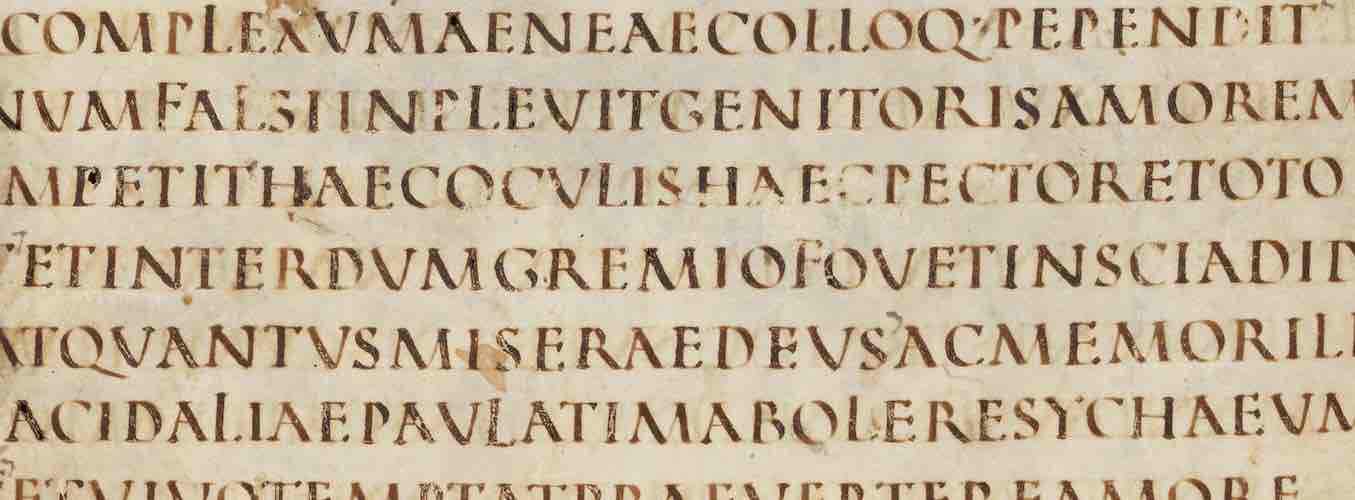
Classical Antiquity
The majuscule and minuscule scripts used in the Roman world: Square Capitals, Rustic Capitals, Older Roman Cursive, and Later Roman Cursive.

Christian Late Antiquity
Uncial and Half-Uncial, the dominant scripts of Christian books in late antiquity. The transition from the roll to the codex. Introduction to the analysis of page layout.
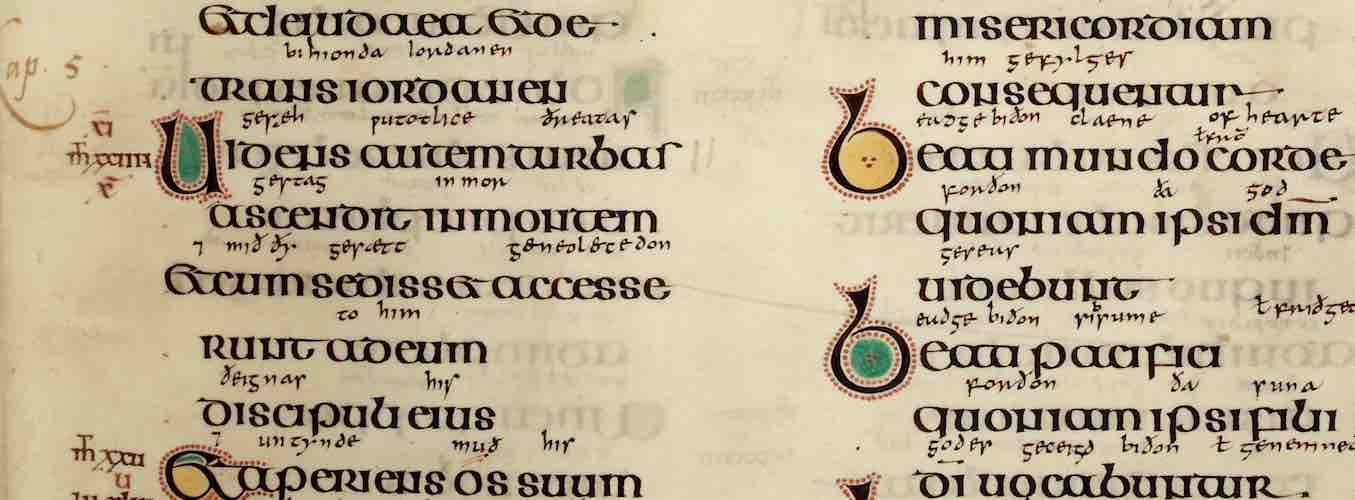
Insular Manuscripts
Uncial used in early-medieval England, Insular Half-Uncial used in Ireland and early Anglo-Saxon England, and the minuscule scripts of Britain and Ireland. Insular developments in layout and word separation.
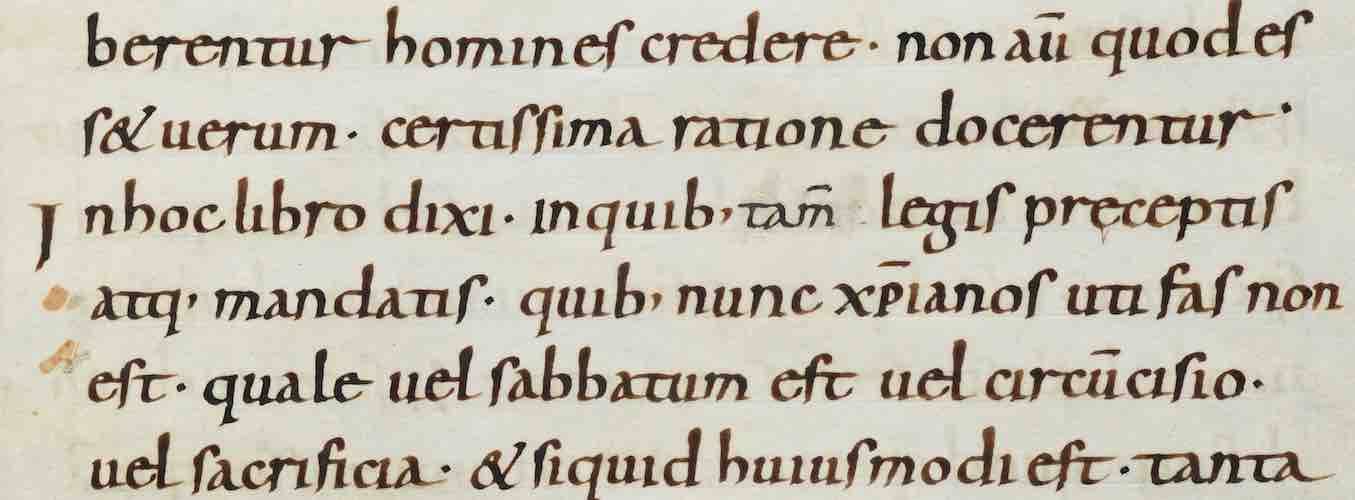
Carolingian Manuscripts
Caroline Minuscule, the reformed script of the Carolingian world from the late 8th through the 11th centuries. Hierarchy of scripts and other features of Carolingian page design.

Gothic Textualis
The transition from Caroline Minuscule to Gothic Textualis script in the 12th century. Features of Textualis and of Gothic page design in the 12th to 15th centuries.
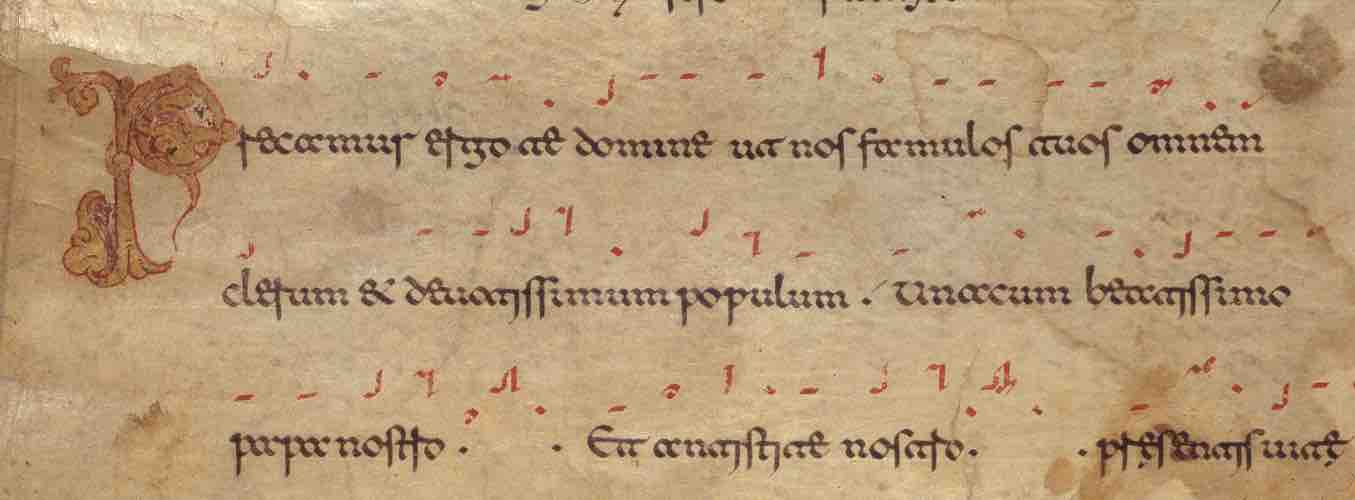
Visigothic and Beneventan
The scripts of Spain and southern Italy in the central and high Middle Ages.
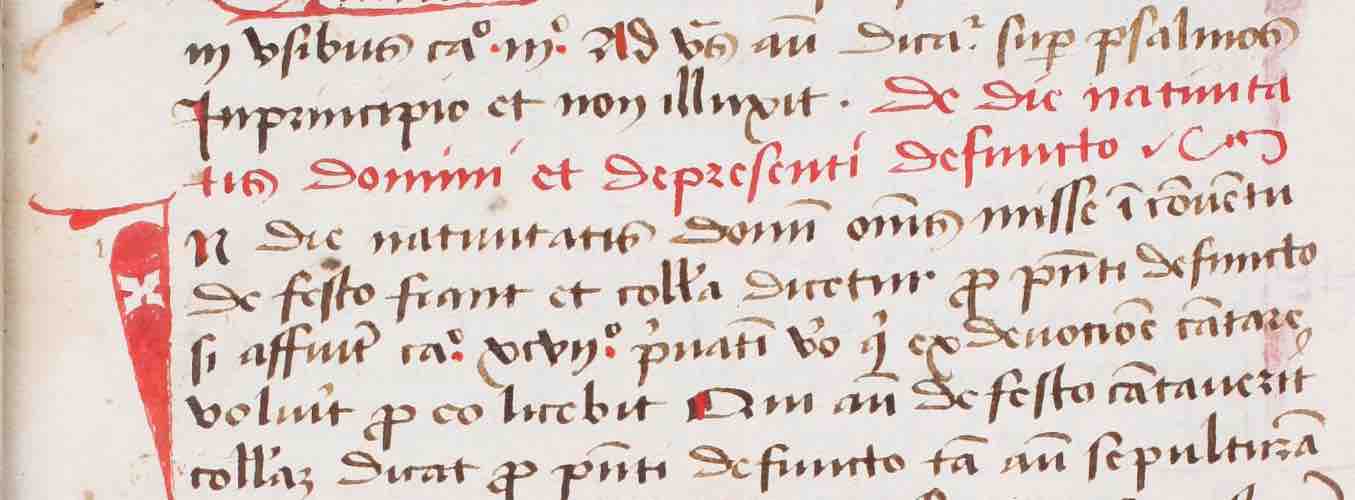
Gothic Cursiva
Cursive scripts of the later Middle Ages (13th-15th centuries).
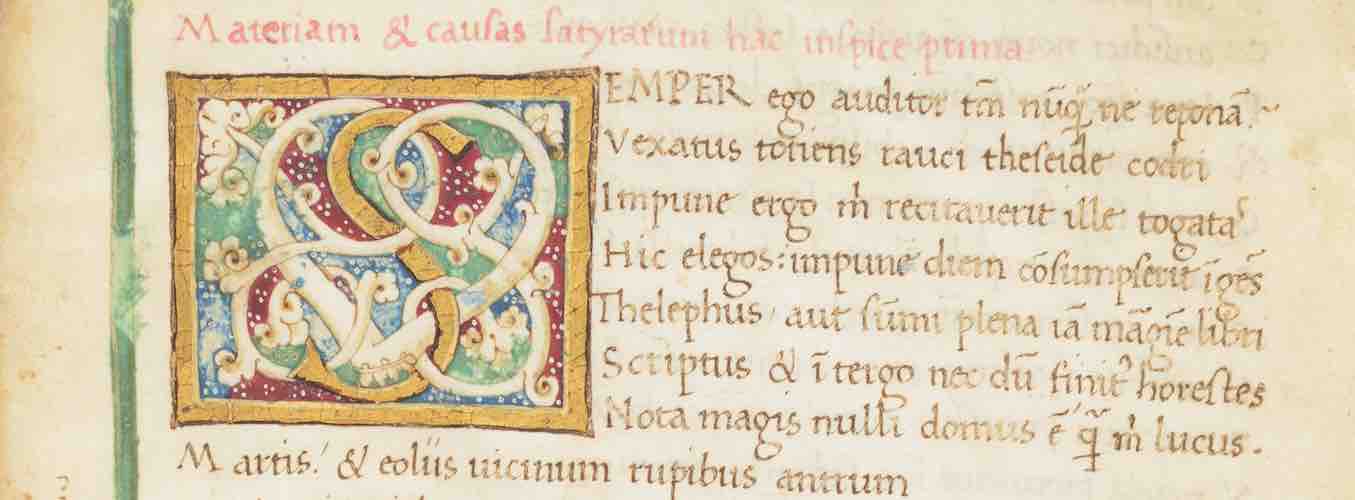
Humanist
The reformed scripts of Italian humanists of the 15th century, Humanist Minuscule and Humanist Cursive. Features of Humanist page layout compared to Carolingian and Gothic page design.